Extreme weather conditions, dangerous cargoes, piracy and terrorism, navigation challenges, equipment failures, and human factors, such as fatigue, mental exhaustion or poor judgment, make shipping a safety-challenged, or even hazardous, industry. This makes the safety culture a vital concept for shipping organizations that wish to reduce the risk of incidents. Have you ever heard of Hudson Safety Ladder?
The concept of safety culture in shipping
Poor safety culture is always the root cause of accidents, says Patrick Hudson, Professor of the Human Factor in Safety at Delft University of Technology in the Netherlands, who began his career in safety in the aftermath of the Piper Alpha disaster in 1998.
Did you remember?
The explosion and fire on the oil platform “Piper Alpha” on the night of 6 July off Aberdeen, Scotland, resulted in the deaths of 167 people. The official inquiry into the tragedy concluded that the initial explosion was most likely caused by a leak of hydrocarbons arising from maintenance work. The fact that the accident was preventable redefined the safety landscape in the oil and gas industry.
When we look back, it always was the culture. Not just the big accidents but most of the smaller ones as well. People are trying to get the job done – so all too often, they were allowed to get away with dangerous behaviors,
…he says.
According to Hudson, there are 5 aspects of safety culture:
- Leadership: Effective safety culture begins with strong leadership. Leaders must set the tone and lead by example, always demonstrating a commitment to safety.
- Respect: Regardless of their seniority, all team members should be respected when it comes to safety concerns. This leads to a culture of trust, where workers feel comfortable reporting errors and near misses.
- Mindful: A mindful safety culture ensures that everyone is aware of the potential dangers and always ready for the unexpected.
- Just and fair: A safety culture that is just and fair establishes clear lines between what is acceptable and unacceptable behavior, creating a culture of accountability and ensuring that everyone takes responsibility for their actions.
- Learning: A safety culture that promotes continuous learning is willing to adapt and implement necessary reforms based on lessons learned. Such a culture encourages workers to report errors and near misses, and it uses these incidents as opportunities to learn.
What is the Hudson Safety Ladder?
Focusing on safety culture, Hudson developed a theoretical model known as the Hudson Ladder. The model is described by Hudson as an evolutionary ladder, which plots the development of an organization’s safety culture. The higher the level, the bigger the trust and information sharing. The five levels are:
- Pathological: “Who cares as long as we’re not caught.” At this level, the company makes little to no investment in improving safety behavior.
- Reactive: “Safety is important, we do a lot every time we have an accident.” Here, the company tends to make safety improvements only after things have gone wrong.
- Calculative: “We have systems in place to manage all hazards.” At this stage, the company pays attention to health and safety and has determined which safety rules are important. However, it is still driven by self-interest.
- Proactive: “We work on the problems that we still find.” Here, safety has a high priority for the organization, which has a proactive approach on safety, works on safety awareness, and constantly implements safety improvements.
- Generative: “Safety is how we do business round here.” At this level, safety is fully integrated into the operational processes of the organization and fully instilled in the employees’ behavior.
According to Hudson, the theoretical model defines an organization’s culture as the common set of values, beliefs, attitudes and working practices that determine people’s behaviors.
It’s possible to climb the ladder but it’s hard and probably harder than people expect when they start. The good news is that I have never found anyone who wanted to go down the ladder but lots of people at all levels who wanted to go up,
…Hudson stresses.
How can the Hudson Safety Ladder be applied in shipping?
As in any other industry characterized by risky day-to-day operations, the Hudson safety ladder provides a framework for organizations in shipping to assess their safety maturity and identify areas for improvement. Implementing the Hudson Safety Ladder in shipping requires a commitment to safety at all levels of the organization, starting from leadership. More specifically:
-Leadership:
- Ensure that senior management is committed to safety and sets a good example.
- Provide regular safety training for all employees, including senior management.
- Hold regular safety meetings to discuss safety performance, identify potential hazards, and share best practices.
- Develop and enforce safety policies that are clearly communicated to all employees.
“The most important ingredient in moving up the ladder is the commitment and actions of leadership, primarily senior leaders, but also those safety leaders throughout the organization, who together develop the trust that things will be done properly, both top-down and bottom-up.
…Hudson says.
-Respect:
- Encouraging employees onboard and ashore to report safety incidents and hazards without fear of reprisal.
- Involving employees in the development and implementation of safety policies and procedures.
- Recognizing employees for their contributions to safety.
-Mindful:
- Conducting regular risk assessments to identify potential hazards and develop plans to mitigate them.
- Encouraging employees to be vigilant and report safety hazards as soon as they are identified.
- Providing employees with the necessary equipment (such as PPE) and training to respond to emergencies effectively.
-Just and fair:
- Clearly defining safety policies and procedures and communicating them to all employees.
- Ensuring that the consequences of violating safety policies and procedures are well understood.
- Encouraging employees to report safety incidents and hazards without fear of reprisal.
-Learning:
- Conducting regular safety audits and inspections to identify areas for improvement.
- Analyzing safety incidents and near-misses to identify root causes and develop plans to prevent them from happening again.
- Sharing best practices and lessons learned across the organization and the ships.
“If you do make it up there, everyone benefits – commercially, environmentally, socially and you all get to go home in one piece – every time,”
…Hudson notes.








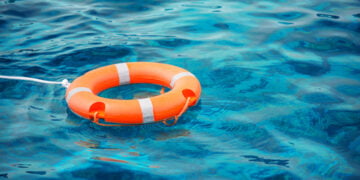

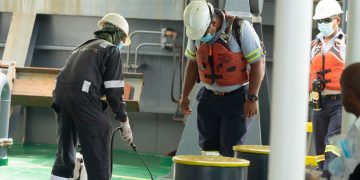





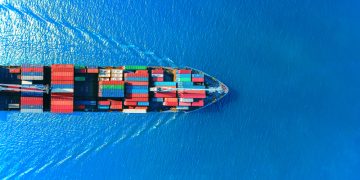





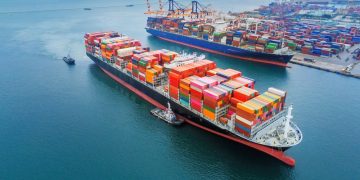

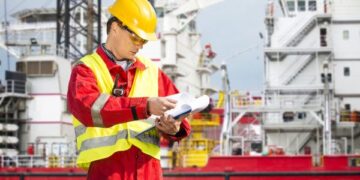


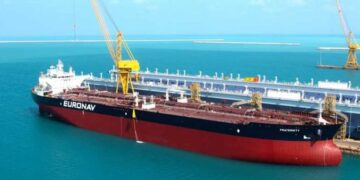
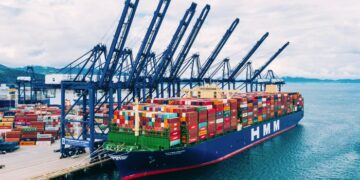
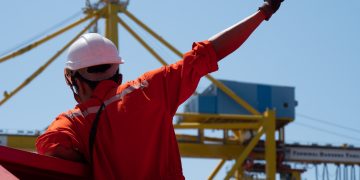






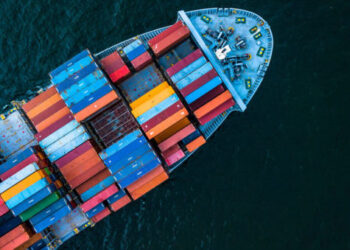
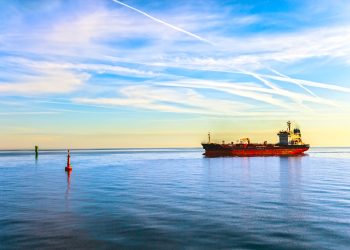
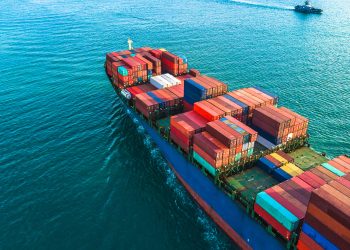
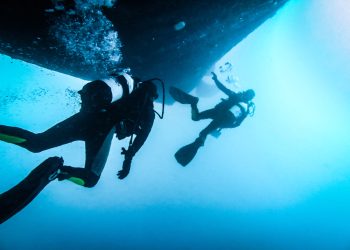










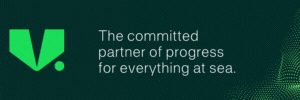











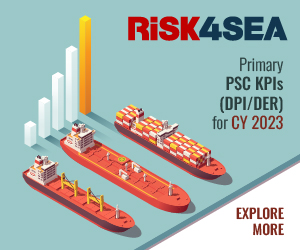

The introduction of JUST CULTURE in maritime safety is hope to make positive changes in shipping and the maritime industry as a whole which have so use to NO BLAME CULTURE as espouse by the ISM Code. Though the intention and purpose of the code is to prevent accidents and promote safety at sea protect the environment and crew safety, sadly it’s purpose has it’s defects that instead of a just culture encouraging the crew to be more open and take responsibility for their lapses and mistakes on board, its simply allows the lack of a more open communication between crew, officers and the shore side management to continue and the calculative manner of following safety procedures as what shipping companies have been promoting all these years go on without looking at the true causes as to why accidents and incidents at sea continue to recur. That there is a HUMAN ELEMENT factor that must be considered aside from systematic issues and looking on whose to blame as what shipping managers are quite use to all this time.